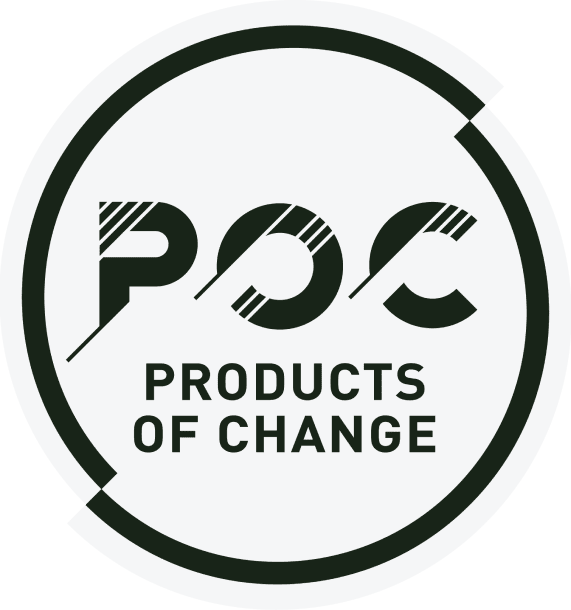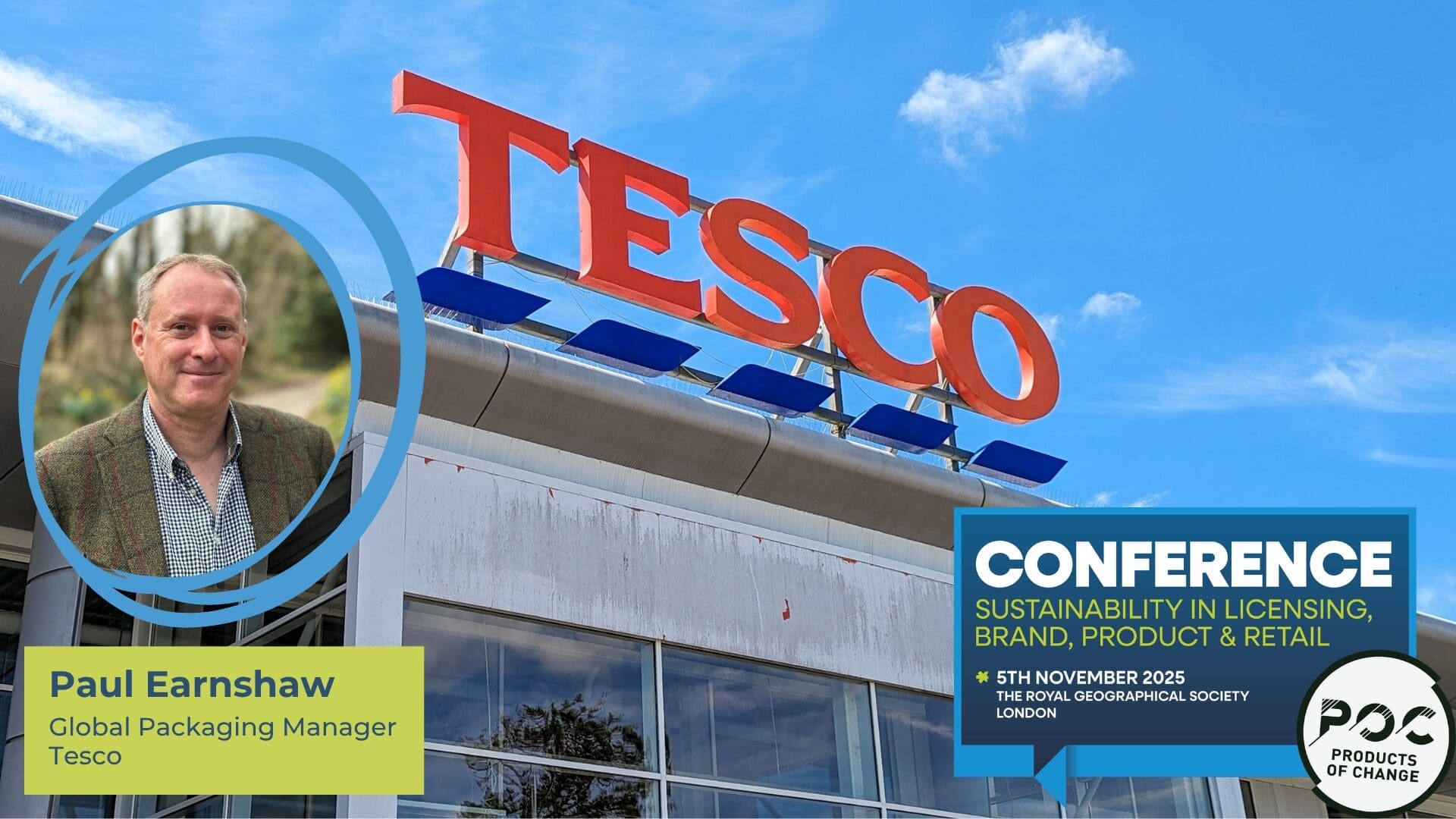Paul Earnshaw, global packaging manager at Tesco will be unpacking the latest developments in EPR from a retailer’s perspective at the POC Conference on 5 November, highlighting how increasing alignment between EPR frameworks and upcoming waste legislation will influence packaging strategies in the years ahead.
Earlier this year, Paul shared his expertise to the POC Membership Community in a highly popular webinar. So as a preview to his session at the POC Conference, we are sharing some of his insights from that webinar.
Tesco’s sustainability blueprint
Paul outlined Tesco’s pragmatic yet pioneering approach to packaging. He detailed the overriding mission: making packaging as recyclable and sustainable as possible, and highlighted that customers’ concerns about plastic and recyclability consistently dominate market research feedback. “It’s all about packaging,” said Paul, “so we need to do this to keep customers happy.”
Yet, achieving consistency – especially for pan-European or global suppliers – remains a logistical puzzle. Paul underscored how differing national recycling systems can create confusion for both companies and consumers alike. His core message: make packaging intuitive for everyone, from industry professionals to his own eco-conscious mother, who he says serves as a relatable barometer for practical recyclability.
The RAG table
One of Tesco’s major contributions is the annual “RAG Table,” which classifies materials as Red (to be avoided), Amber (needs further consideration), or Green (desired). This system, now regarded as an industry standard, gives brands a clear blueprint: opt for green materials, seek permission for amber, and avoid red. Updates, such as new guidance around packaging with batteries and RFID tags, ensure the RAG Table remains in line with both legislative change and technological development.
Navigating EPR and RAM
A focal point of the webinar was the explanation of Extended Producer Responsibility (EPR) – a regulatory shift that places the onus for packaging recycling costs squarely on brands. Paul clarified how modulated fees, rising with the environmental impact of the material used, act as both a stick and a carrot: “Make packaging light and recyclable to reduce your tax bill – and save the planet.”
Complementing EPR, the Recyclability Assessment Methodology (RAM) will soon differentiate materials even further, assessing the impact of lamination, inks, and composite constructions. While RAM and Tesco’s RAG system are closely aligned, Paul stressed Tesco maintains a higher standard – if a material is “red” for them, it is to be avoided, regardless of fee structures.
The key takeaways from Paul, are to reduce complex or mixed packaging formats, move towards monomaterials, and update supplier data systems – actions that are as environmentally responsible as they are commercially sensible. This is something that is underpinning much of the content for this year’s POC Conference.
In closing, as brands and suppliers gear up for future changes, Paul’s message was that success lies in robust data, sustainable innovation, and working together to make real change happen. Join the POC Conference on 5 November to do just that. Get your tickets here.




